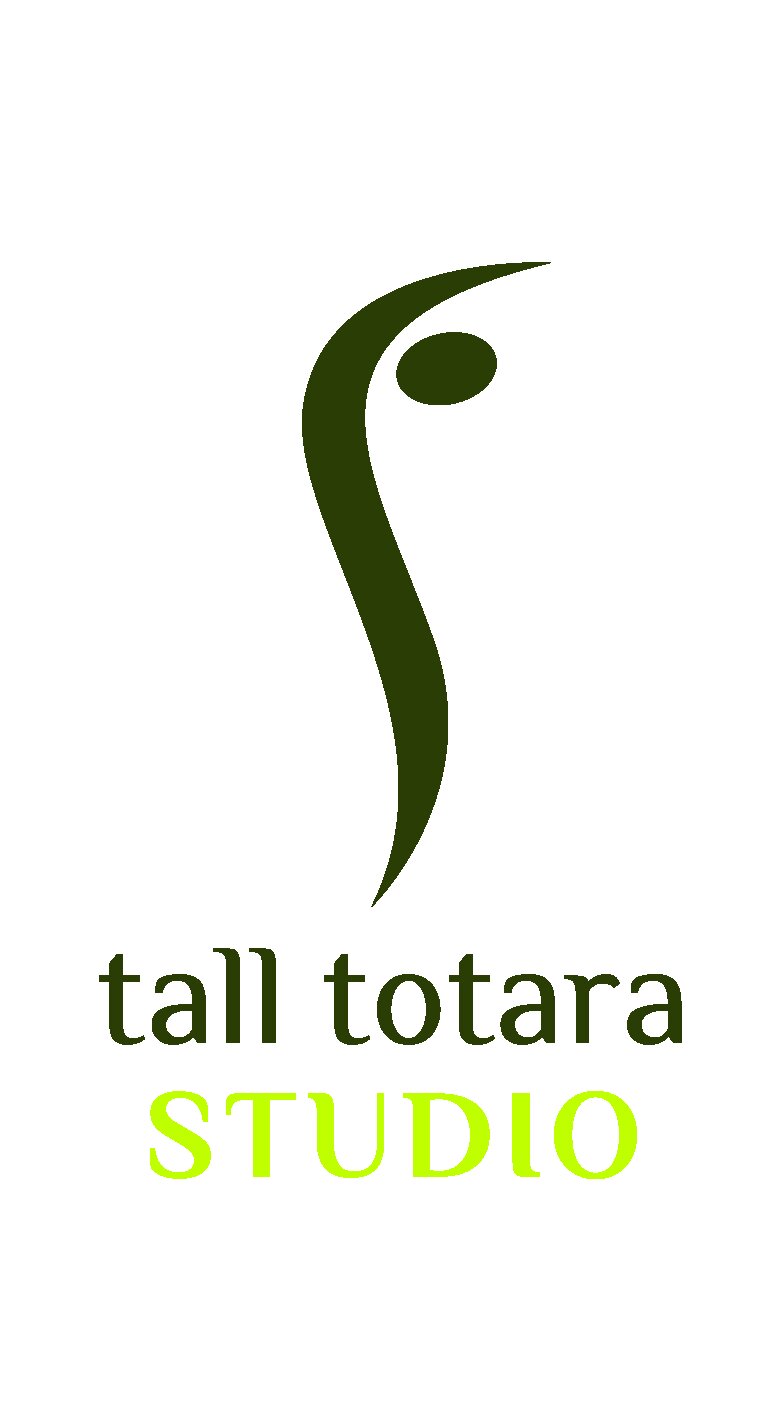Did you know that poor posture when seated or standing at your desk can have a whole host of negative impacts on your physical and mental health, and even your emotional state?
Some of the potential issues include:
Back pain due to the change in your natural spinal curves
Body pain from a misaligned spine which means some muscles are overworked and others are shortened
Poor circulation; our heart and lungs are compressed when slouching which impairs circulation throughout the body, including to our brain (think brain fog)
·Higher stress levels; if we don’t breathe properly due to slouched posture this also has an impact on our central nervous system which can put us in fight or flight mode releasing stress hormones into our bodies
Feeling fatigued. Our bodies are not designed to slump so our muscles must work harder to hold this position
Probably a lesser known fact is that good posture helps us have more positive emotions. A study published in the Health Psychology Journal in 2015 showed that “Adopting an upright seated posture in the face of stress can maintain self-esteem, reduce negative mood, and increase positive mood compared to a slumped posture”
So, what can you do to improve your posture?
1) Get a workstation assessment
Ask your manager and/or enable your team members to get an assessment by a professional. There are many providers around NZ that carry out ergonomic assessments.
My personal experience of having an assessment was quite profound. I thought I was very posture conscious, but I was making some very basic mistakes in how I was seated. By repositioning my keyboard, and therefore the position of my hands and elbows, suddenly a whole lot of tension I was carrying in my shoulders and neck was reduced. And the flow on from that was less headaches and fatigue.
One of the challenges of our shared space working environments is we are constantly moving around. You’ll need to be committed to take time to check your set up each time you are in a new place. However, the few minutes you spend doing this will be worth it to avoid the negatives listed above.
2) Move more often to release any tension from holding poor positions
You could try scheduling in some walking meetings and, if possible, incorporate some nature on your route so you get a double dose of benefits.
Make sure you take regular breaks. You could also use a tool like the Pomodoro technique to crack through really intense tasks that are going to tie you to your desk for long periods. I’ve used this tool and love it.
When you return to your desk from a break consciously check your posture as you reset yourself to work again. To retrain yourself to better posture you could try setting an outlook calendar reminder to go off every hour to remind you to check how you are sitting or standing.
And if this all sounds like too much hard work, remind yourself the benefits of improving your posture can be significant, extending beyond the workplace and into your everyday life.
3) Stretch areas of tightness
Get to know your areas of tightness. Everyone is different and will hold tension in different areas of their body. Scan your body for areas of tightness, pain and other sensations such as burning or tingling. Then pay attention to stretching those areas.
There are plenty of fabulous stretches you can do within the workplace. Many offices have the ACC Poster of stretches for the office by their photocopiers. These stretches really work so give them a try.
At Tall Totara Business Retreats we help you and your team with some simple techniques to use in the office. We’ll show you some great stretches to do either seated at your desk or standing up beside it and help you find the ones that work best for you.
If you get the opportunity to escape the office, then bring your team to us. We offer a unique venue set among native bush. With full meetings facilities for groups of up to 10 and wellbeing modules to support your team to manage stress and be more productive. Whether you want your day to be 100% business or 100% team wellbeing, or a mix of both - we can flex to suit your needs.
If your team is too time pressured to get out of the office, we can come to you. We facilitate short sessions (from 90 minutes upwards) with tools to support people through particularly busy times.
Author: Bridget Davey
Bridget is Director of Tall Totara Business Retreats with over 25 years’ experience working in the corporate world. She now works with teams to explore ways of better managing stress, improving posture and productivity and gaining a greater sense of wellbeing in life. A self-confessed health nut and a qualified yoga instructor, Bridget is passionate about sharing her knowledge to help others.


